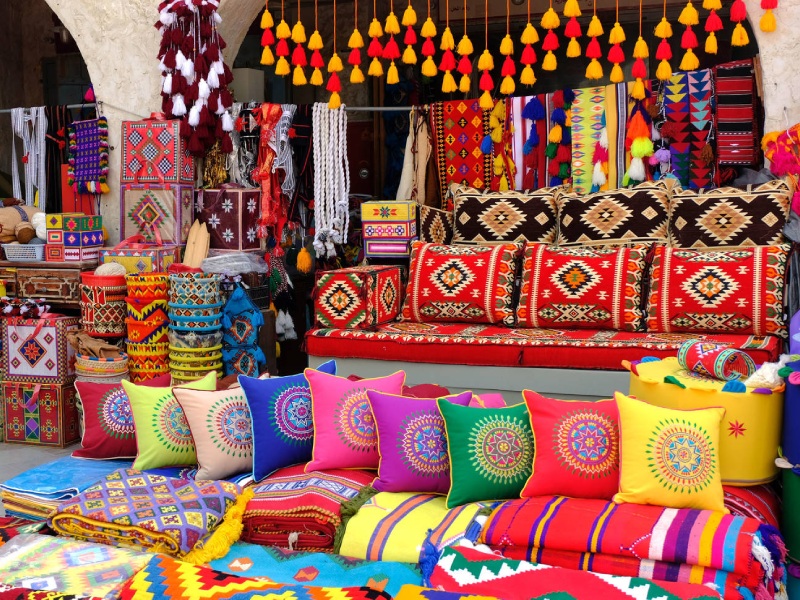Handicrafts: Textile and Leather Industries: Opportunities and Challenges in Domestic and International Markets
Textile and leather handicrafts are among the most versatile and culturally significant forms of craftsmanship. This article explores the production processes, types, characteristics, export potential, and the opportunities and challenges in both domestic and international markets for these industries.
Production Processes of Textile and Leather Handicrafts
Textile and leather handicraft production involves intricate processes:
- Textile Handicrafts:
– Material Selection: Choosing quality fabrics such as cotton, silk, or wool.
– Design and Weaving: Designing patterns and weaving fabrics using traditional or modern techniques.
– Dyeing and Printing: Applying colors and prints to enhance aesthetics.
– Embroidery and Finishing: Adding intricate embroidery or finishing touches by skilled artisans.
- Leather Handicrafts:
– Material Preparation: Selecting and treating high-quality leather.
– Cutting and Stitching: Cutting leather into shapes and stitching pieces together.
– Tooling and Embossing: Creating designs and textures through tooling and embossing techniques.
– Dyeing and Finishing: Applying dyes and finishes for color and protection.
Types and Characteristics of Textile and Leather Handicrafts
Textile Handicrafts
– Types of Products: Include rugs, carpets, clothing, and decorative textiles.
– Characteristics: Known for intricate designs, vibrant colors, and cultural motifs.
Leather Handicrafts
– Types of Products: Include bags, wallets, belts, and footwear.
-Characteristics: Noted for durability, craftsmanship, and unique designs.
Exporting Textile and Leather Handicrafts
Both textile and leather handicrafts have significant export potential:
– Global Demand: High demand in international markets due to unique designs and cultural significance.
– Market Expansion: Opportunities to expand into new markets and increase revenue streams.
Opportunities and Challenges in Domestic and International Markets
Opportunities:
– Cultural Heritage: Handicrafts represent cultural heritage, appealing to international consumers.
– E-commerce Platforms: Access to global markets through online platforms for artisanal products.
Challenges:
– Competition: Facing competition from mass-produced alternatives and other artisanal traditions.
– Quality Control: Ensuring consistent quality to meet international standards and customer expectations.
Textile and leather handicrafts not only showcase artistic skills but also serve as cultural ambassadors in international trade. By leveraging traditional craftsmanship and adapting to market demands, artisans and exporters can capitalize on global opportunities and navigate challenges effectively.

